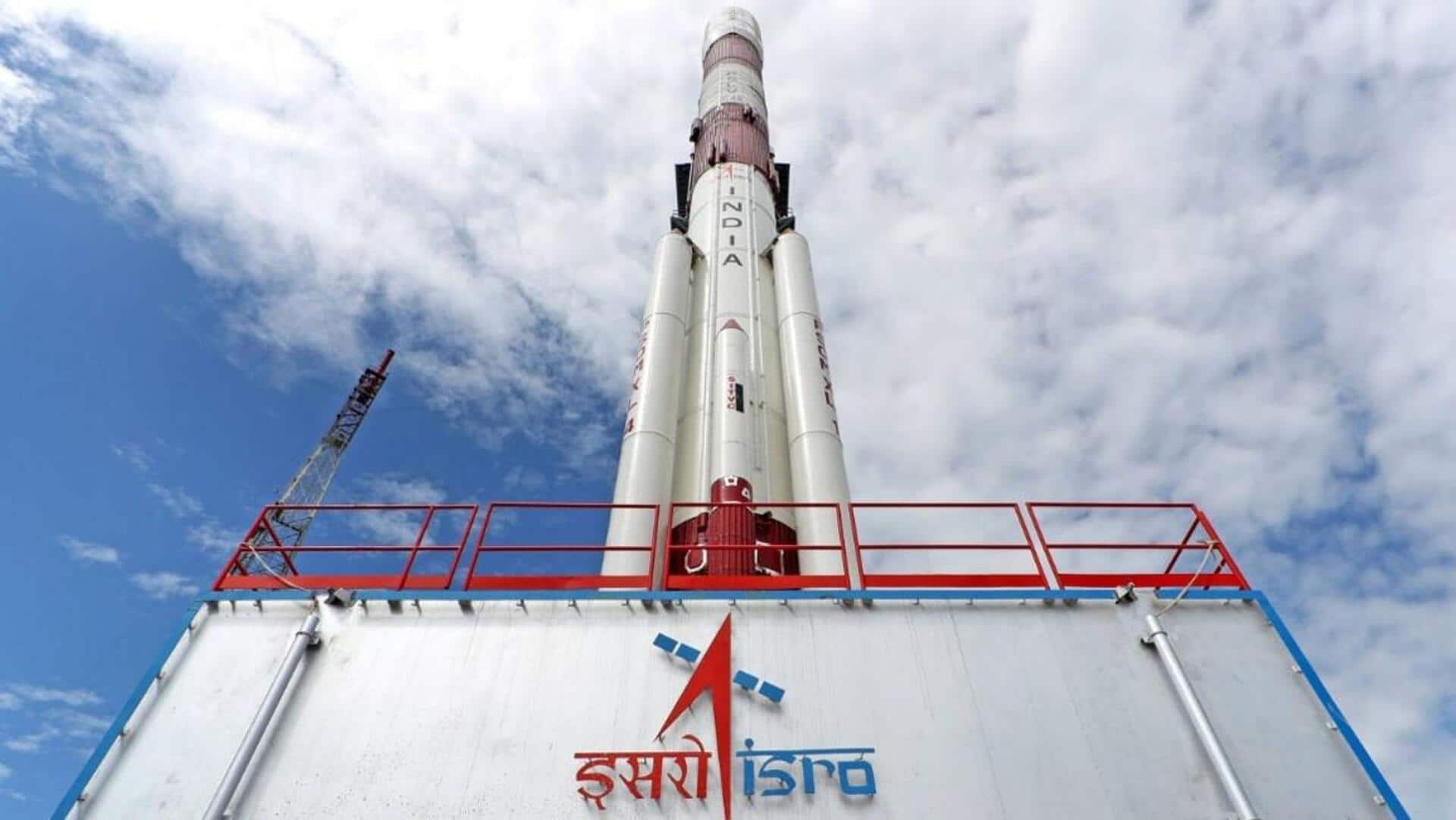
ISRO successfully tests CE20 cryogenic engine for Gaganyaan mission
What's the story
The Indian Space Research Organisation (ISRO) has achieved a significant milestone in its Gaganyaan mission, which aims to send Indian astronauts to space. It has successfully tested the CE20 cryogenic engine, now deemed "human-rated," which will power the upper stage of the LVM3 launch vehicle. In a press statement, ISRO announced, "ISRO has accomplished a major milestone in human rating of its CE20 cryogenic engine, with the completion of the final round of ground qualification tests on February 13, 2024."
Twitter Post
Take a look at ISRO's announcement
Mission Gaganyaan:
— ISRO (@isro) February 21, 2024
ISRO's CE20 cryogenic engine is now human-rated for Gaganyaan missions.
Rigorous testing demonstrates the engine’s mettle.
The CE20 engine identified for the first uncrewed flight LVM3 G1 also went through acceptance tests.https://t.co/qx4GGBgZPv pic.twitter.com/UHwEwMsLJK
Purpose
Simulating flight conditions and testing
The final exam was the seventh in a series of vacuum ignition tests. They were conducted to simulate flight conditions at the High Altitude Test Facility in ISRO Propulsion Complex, Mahendragiri. The tests for the human rating involved "life demonstration tests, endurance tests, and performance assessment under nominal operating conditions as well as off-nominal conditions w.r.t thrust, mixture ratio, and propellant tank pressure." This accomplishment brings the Gaganyaan mission one step closer to fruition.
Examination
Nearly 40 hot firing tests conducted
In order to qualify the CE20 engine for human rating standards, four engines underwent 39 hot firing tests under different operating conditions for a total duration of 8,810 seconds. To note, the minimum qualification requirement for a human rating is 6,350 seconds. The CE20 passed with flying colors.
Logistics
Gaganyaan mission overview
Slated for Q2 of 2024, the Gaganyaan mission plans to launch a three-member crew into a 400km orbit for a three-day mission. On completion, they will return to Earth by landing in Indian naval waters. Named after the Sanskrit word for 'craft' or 'vehicle to the sky', Gaganyaan has an estimated cost of Rs. 90 billion. If successful, India will join the ranks of the US, Soviet Union, and China as the fourth country to send humans into space.